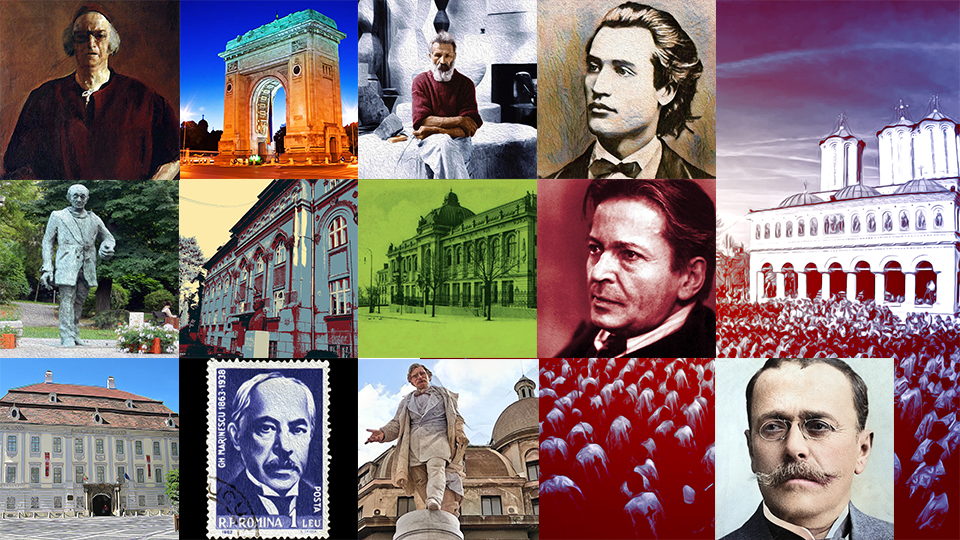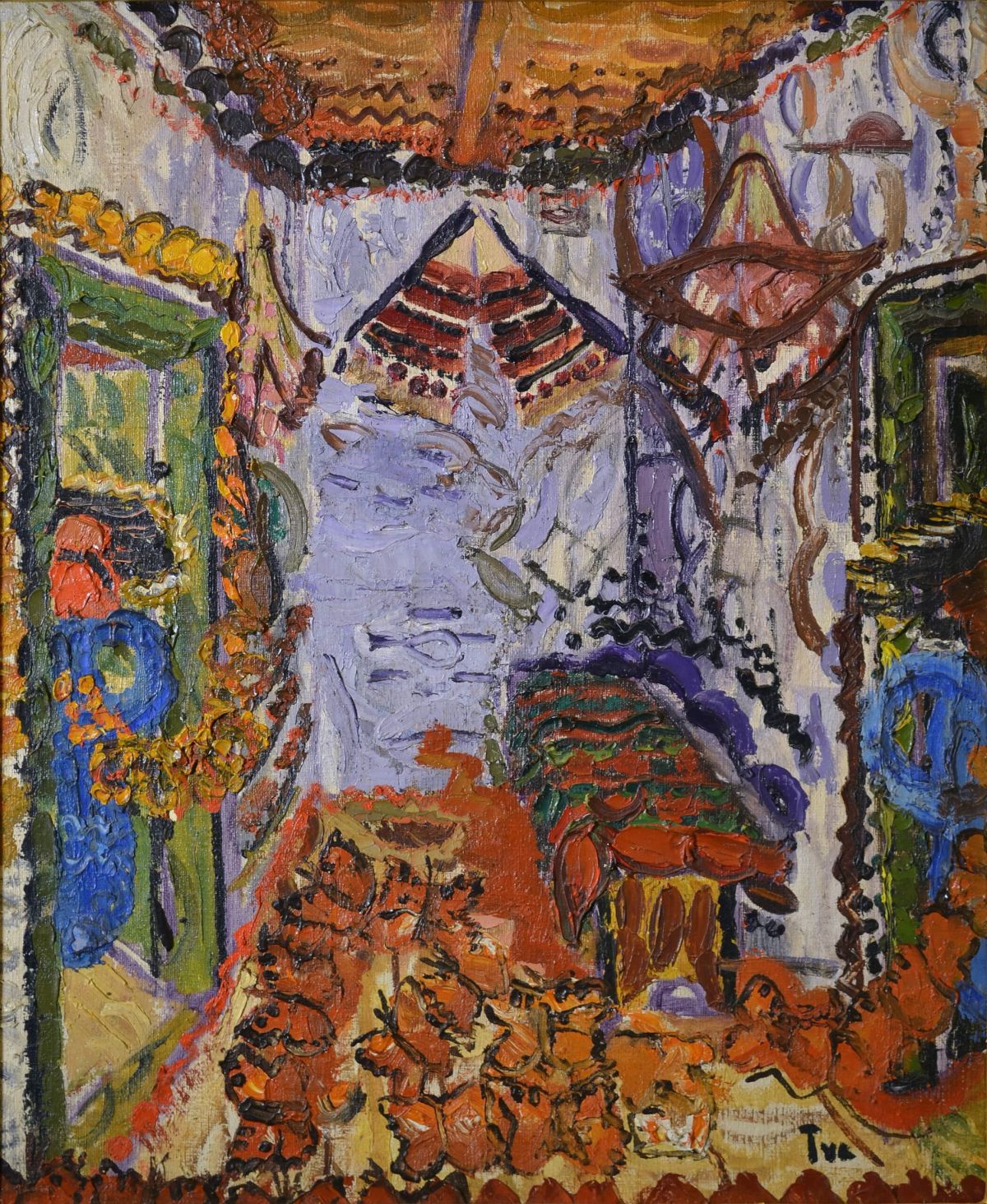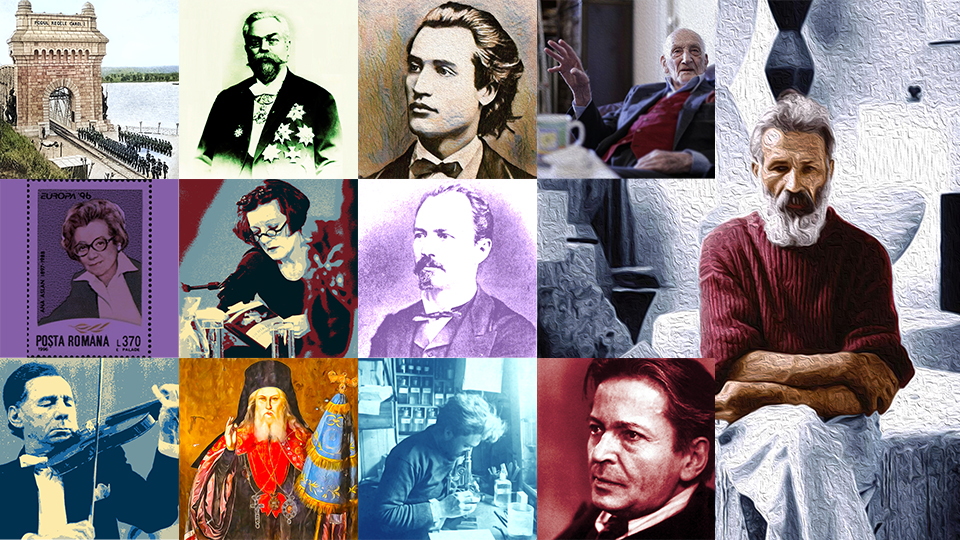Female historical characters in Romanian communist-era films
Historical films were a means of propaganda in communist Romania, with female roles scarce.
Warning: Trying to access array offset on null in /home/web/rri.ro/public/wp-content/themes/rri/template-parts/content.php on line 53

Warning: Trying to access array offset on null in /home/web/rri.ro/public/wp-content/themes/rri/template-parts/content.php on line 98
România Internațional,
13.08.2022, 12:00
Like all dictatorial regimes, either on the right or on the left, historical films were also a means of propaganda in communist Romania. Films were supposed to reflect the nationalist-communist ideology of the day, with all its distortions of history and omissions of facts. Films during the communist era also served an educational purpose, instilling a certain view of national history and brand of patriotism in entire generations of Romanians.
From 1974 onwards, added emphasis was placed on the involvement of Romanian cinema in the propaganda project of the communist party with the aim of creating the New Man and forging the so-called “multilaterally-developed socialist society and a socialist nation”. The films produced during this period explored a variety of subjects, from the Dacian-Roman society and the Middle Ages, which saw the consolidation of the Romanian principalities of Moldavia and Wallachia, to the 19th and 20th centuries, while making no mention of the contribution of the monarchy to the modernisation of the Romanian state.
Filmmakers involved in such productions included Mircea Drăgan, Gheorghe Vitanidis, Doru Năstase, and, especially, Sergiu Nicolaiescu, the most prolific and “most effective director of historical films that consolidated and fed the nationalist-communist mythology”, as professor Mihaela Grancea described him. But how were female historical characters portrayed in this cinematic world dominated by men? Were these women portrayed in a realistic style, despite scarce historical information about the wives, mothers and daughters of the princes and rulers, or were they merely embodiments of the ideology of the day? Professor Mihaela Grancea, who teaches at the Lucian Blaga University in Sibiu, explains:
“In most of these films, women had only brief and exotic roles. In Michael the Brave, which is perhaps the best-known Romanian historical film, women only make brief appearances in the guise of Lady Stanca and Michaels former lover, who helped him forge a number of foreign relations that enabled him to borrow money. Male stereotypes were dominant in these films. Women were, for the most part, absent, an absence that is very conspicuous especially in the films of Sergiu Nicolaescu. In his productions, the scrips of which he wrote himself or together with en vogue historians, he reduced as much as possible the presence of women from the higher ranks of the two principalities in historical productions.”
There is, however, one exception: a film by Malvina Urșianu called The Return of the Banished, from 1980, based on a novella by Costache Negruzzi entitled Alexandru Lăpușneanu. The film, which is set during the second, tragic reign of this Moldavian prince, stands out for the presence of two powerful women: Lăpușneanus wife, Ruxandra, and the latters sister, Lady Chiajna, who at the time was dominating the domestic political life. The two sisters, who were themselves the daughters of ruler Petru Rareș and the granddaughters of Stephen the Great, were regents while their sons were still underage. Professor Mihaela Grancea tell us more:
“The two women have different personalities, something the film emphasises. The plot follows Ruxandras psychological development, as she transforms from an apathetic, unenthusiastic person. As her husband Alexandru Lăpușneanu is gripped by paranoia, we see how Ruxandra becomes increasingly distant and starts being more concerned with the conservation of her status and that of her children. She takes the decision therefore to poison her husband, something that did not happen in reality, or at least, historical records are fairly ambiguous in this respect. In the film, however, just like in Negruzzis novella, she poisons Alexandru Lăpușneanu and puts her son Bogdan on the throne, while she becomes his regent.”
Lady Chiajna is the other powerful feminine presence in the film, also the daughter of Modavian ruler Petru Rareș and the wife of Wallachian voivode Mircea Ciobanul. Lady Chiajna was the subject of other literary works, as well, being a symbol of cruelty and ambition, a kind of counterexample to the model of docile and gentle femininity that was so widespread in history. In Malvina Urșianus film, Lady Chiajna embodies the very characteristics for which she is known in history books and literature, says professor Mihaela Grancea:
“Lady Chiajna is a stereotypical character. She is meant to appear arrogant and lacking in subtlety. She embodies, however, some of the real extraordinary power of this woman who imposed her will at a time of great political upheaval, with the 16th century being full of such political crises and lots of cruelty. Neither did Chiajna die early or in a dramatic way, as did the lady of Moldavia, who died at 32 years of age due to natural causes. The film is extraordinary for its choice of colour, expressive cinematography and the accuracy of historical reconstruction. In the stage design, we note a similarity to Shakespearean productions, such as Orson Welles Macbeth.”
Investigations into womens presence in Romanian historical films from the point of view of historical truth are still in their early days, but they are undoubtedly bound to continue.






























